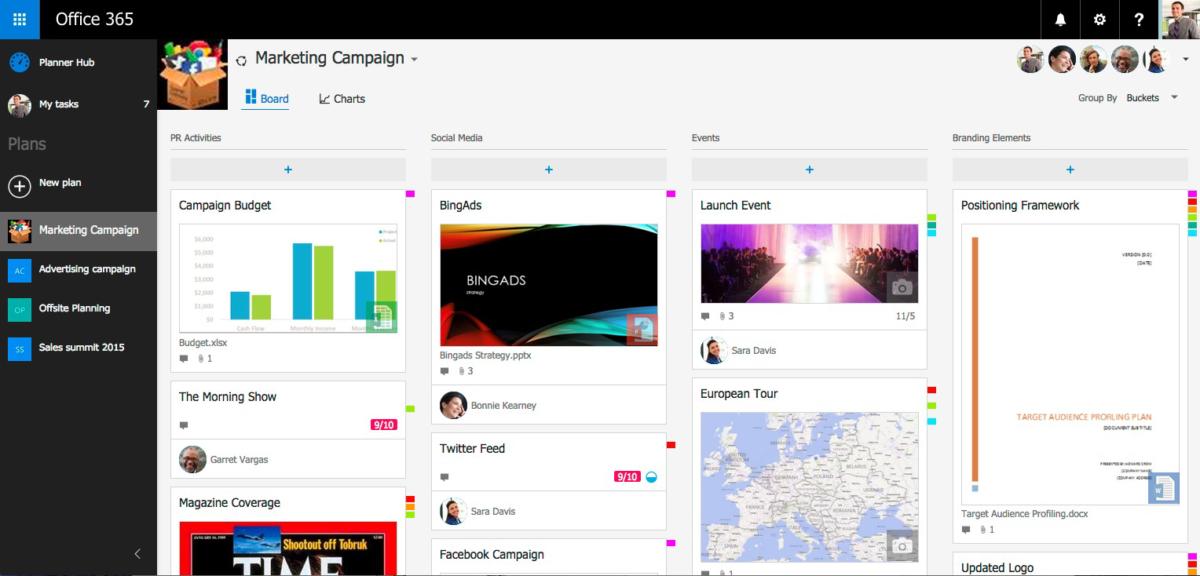

GPMC does a great job of aligning the user interface of Group Policy with what’s going on under the hood. The GPMC was created to help administrators by providing a one-stop shop for all Group Policy management functions and a Group Policy–centric view of the lay of the land. However, it has been part of every Windows Server operating system since Window Server 2008, so no extra effort is required to access it nowadays. The GPMC wasn’t part of Microsoft Windows 2000, Windows Server 2003 and Windows XP, you had to download it separately.

The other strategy is centralized Group Policy administration, which works only in conjunction with Active Directory on. Each policy you create gets its own folder, named with the security ID (SID) of the corresponding user object. Local Group Policy is stored in the “%windir%\system32\grouppolicy directory (usually, C:\windows\system32\grouppolicy). Local Group Policy supports multiple local GPOs (MLGPOs), which enables you to decide which users get what options at the local level for example, you can assign regular users one set of settings and administrators another set, or you can give one specific user a particular combination of settings. The most expeditious way to edit the Local Group Policy on a machine is to click the “Start” button and run the command “GPEDIT.MSC” to start the Local Computer Policy Editor.


 0 kommentar(er)
0 kommentar(er)
